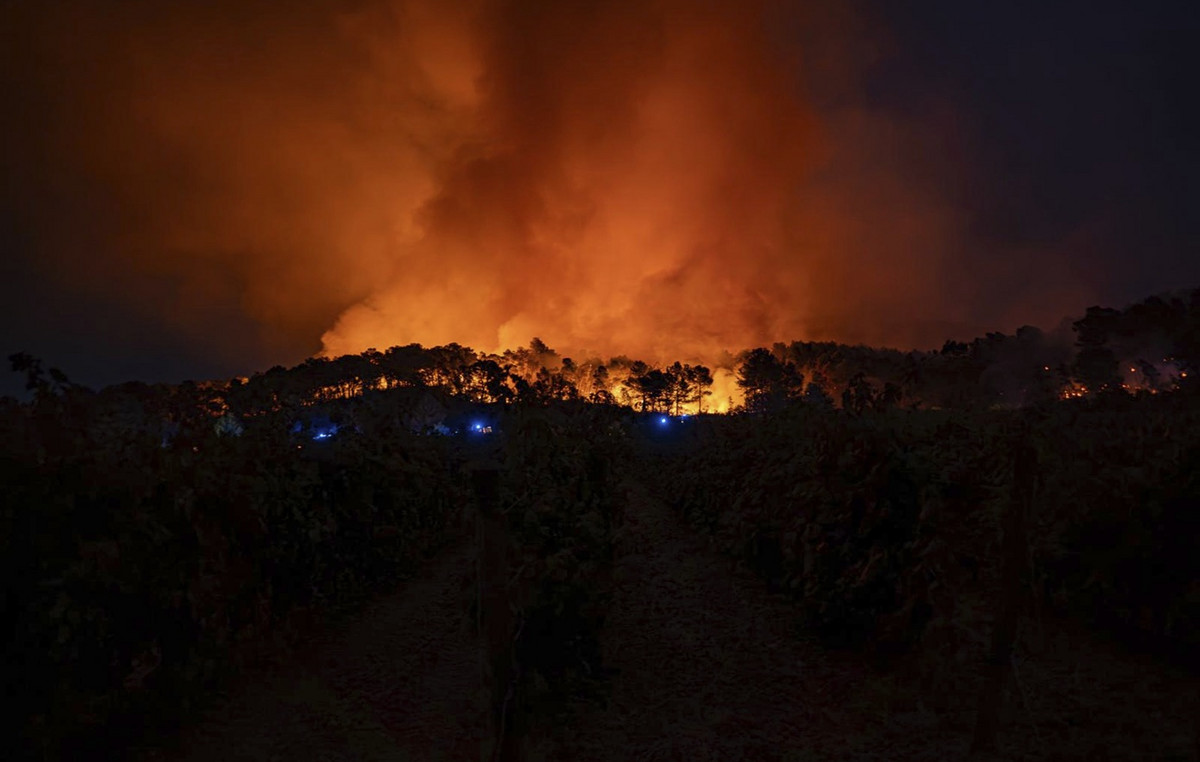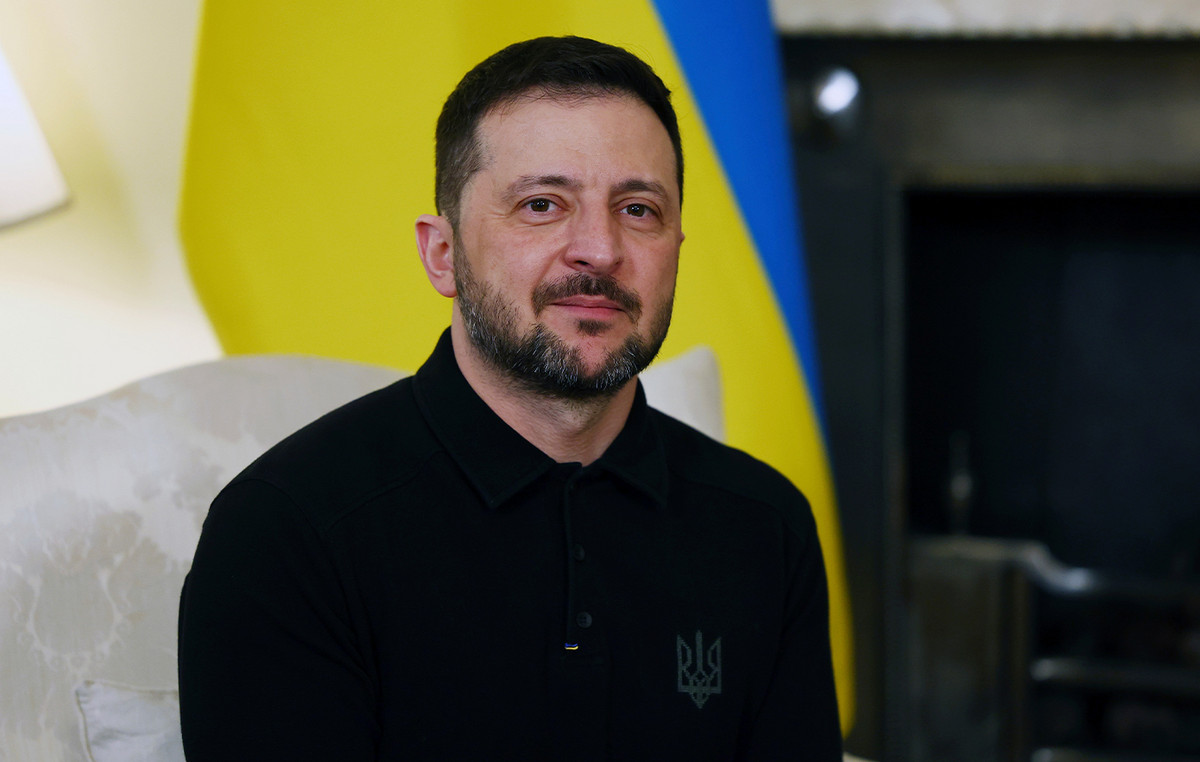It can start like this. Almost in the dark. Admiring the beauty of Canova’s plaster casts only with an oil lamp. The night visit to the light of Psyche is one of the most beautiful and secret experiences proposed by Canovian plaster casts gallerya place of the heart clinging to the hills overlooking the Grappa massif in Possagno, in the Treviso Altamarca.
But you can also choose an unprecedented itinerary in the historic garden and in the orchard, the vegetable garden in which Canova himself chose plants and essences that have survived him for two hundred years.
Possagno, the Canovian Temple on the slopes of Mount Grappa
Art, of course. But also the rooms where the sculptor took refuge, the tower and the bright gallery built to give strength and breath to his plaster casts, perfect icons of very human beauty.
As the world celebrates the two hundred years after the death of Antonio Canova (1757-1822), to find the “real” master you have to start from here. From the piedmont village where he was born and today hosts the Antonio Canova Foundation. To visit the Gypsoteca, the birthplace and Templethe place that in Canova’s intentions should have marked his earthly passage.
Gypsoteca. The nineteenth-century wing, built by Canova’s half-brother Giovan Battista Sartori on the model of his Roman studio.
Giovanni PorcellatoPossagno
A name on the map, between Asolo and the Prosecco hills, now a Unesco site. TO Possagno Canova was born in 1757. It’s here, after the sculptor’s sudden death in Venice in 1822 the half-brother, Gianni Battista Sartori, decides to transfer all the works present in the studio in via delle Colonnette to Rome, reproducing their arrangement but above all the light. White that blinds, breathes, wide spaces. To be able to admire the loves of gods and humans. The two world wars partially destroyed the gallery. There Modern Gypsoteca was regenerated and enlarged by Carlo Scarpa, in the spirit of light and balance with the landscape desired by the Canova family. It is the place of masterpieces, of great sculptural groups, in direct connection with the building where the Canova family lived. There home, Christmas (connected to the Gypsoteca and part of the visit) is the one that Canova restored between the end of the eighteenth century, when he built the Turretand the beginning of the nineteenth century, when he wanted to derive the so-called Hall of Mirrors.
Canova’s birthplace. The room where the sculptor was born in 1757
Lino ZanescoBut the sculptor’s favorite place was the garden with orchard where you can still admire the Italic pine that the sculptor planted in 1799. A place of rest, of beauty, where in the summer evenings you can enjoy a glass while admiring the charm of the hills. (www.museocanova.it)
The park of the Canova Museum, with the monumental pine planted by the sculptor
Canova throughout Italy
The journey can only continue on Venicestarting with Basilica of the Frari where the heart of Canova is kept (while the remains are in the Temple of Possagno) until Accademia Galleries and al Correr Museum. (www.gallerieaccademia.it- www.visitmuve.it)
From Possagno, in 2022, part of a tribute to the master of Neoclassicism who sees the Northeast as the protagonist.
In Roveretothe Mart celebrates the master with an exhibition until April 18 “Canova between innocence and sin”. Born from an idea of Vittorio Sgarbi, current president of the Antonio Canova Foundation, it exhibits 14 works from the Gypsotheca of Possagno, including Sleeping Nymph, Sleeping Endymion, Le Grazie, Venere Italica, Penitent Magdalene and Creugante, combined with the works of great contemporary artists such as the 20th century nude photographers Helmut Newton, Robert Mapplethorpe and Irving Penn.
The cloister of the Civic Museum of Bassano, where many original writings by Canova are kept
In Bassanountil May 30 the Civic Museums propose “Hebe Canova“, Which presents to the public“ the rediscovered grace of the famous plaster statue of Canova of 1817 ”. The work had been hit by shrapnel from a bomb when, in 1945, Bassano was bombed. Its fragments have now been put back together thanks to the use of new technologies, which have allowed them to resume their original form. In addition to this many originals: drawings, paintings and books illustrated by the master.
Night vision of the cloister of the Luigi Bailo Museum in Treviso
In Treviso from May 17, Cupid and Psyche (stanti) will be the central work of the exhibition “Canova glory of Treviso. From classic beauty to romantic announcement “ edited by the director of the civic museums Fabrizio Malachin, and by professors Giuseppe Pavanello and Nico Stringa. The plaster was in Canova’s Roman studio, donated by Giambattista Sartori, brother of Canova on his mother’s side, to Count Filippo Canal. Along the way there is also the original marble “Elena’s head” donated by the sculptor to Isabella Teotochi Albrizzi, the Venetian noble who was Ugo Foscolo’s muse. The plaster of Cupid and Psyche will be exhibited in preview on February 14 for Valentine’s Day.
The plaster of “Cupid and Psyche” (stanti) exhibited in the Treviso exhibition
In Bolognauntil 20 February the Salone degli Incamminati of the National Picture Gallery hosts the exhibition Antonio Canova and Bologna. At the origins of the Pinacoteca, curated by Alessio Costarelli. The exhibition itinerary, divided into four sections, intends to deepen the theme of the relationship between Antonio Canova (1757-1822) and the city of Bologna, its institutions and its artists, also highlighting the role of the sculptor in the history of the Pinacoteca collection. At the center of the itinerary is the penitent Magdalene, donated by Canova to the Academy of Fine Arts recently restored and exhibited for the first time to the public.
In Milan, the Grantour, a fabulous bath of civilization in the Italian peninsula from Northern Europe, is the narrative pretext for a beautiful exhibition that celebrates some travel gifts that have become masterpieces, including Antonio Canova’s Amorino on loan from the Hermitage museum in St. Petersburg. (at the Gallerie d’Italia until March 27)
Source: Vanity Fair
Donald-43Westbrook, a distinguished contributor at worldstockmarket, is celebrated for his exceptional prowess in article writing. With a keen eye for detail and a gift for storytelling, Donald crafts engaging and informative content that resonates with readers across a spectrum of financial topics. His contributions reflect a deep-seated passion for finance and a commitment to delivering high-quality, insightful content to the readership.







